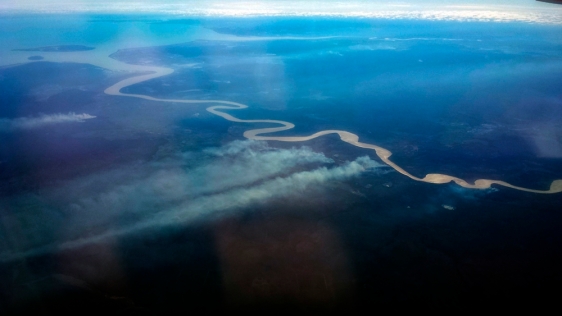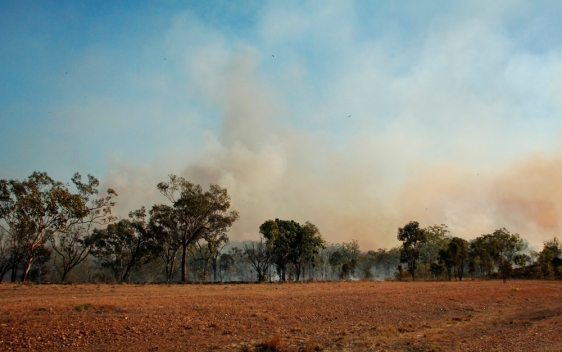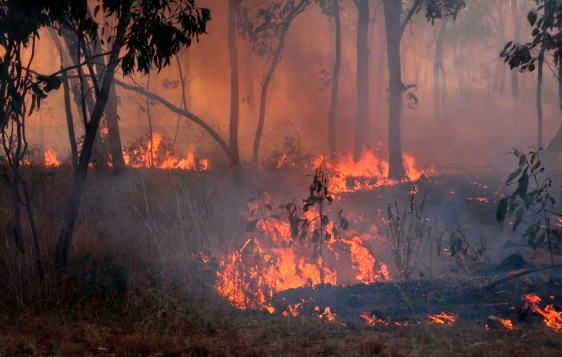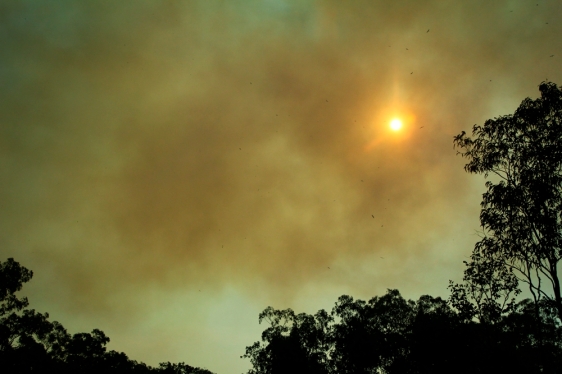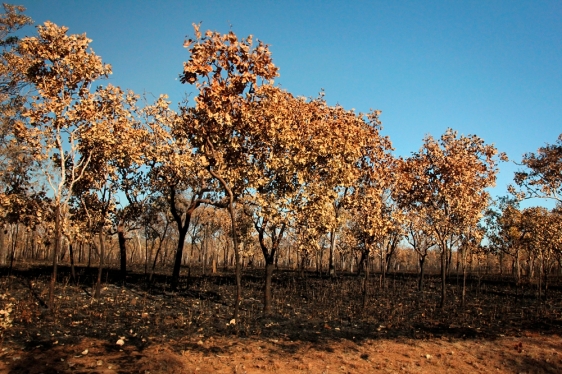Here I am, trying to summarize a rather surprising lesson I learned during our recent vacation in Australia. So far, the media had managed to paint a different picture of bushfires in Oz in my head.
Fires have been a specific feature of the Australian continent since millions of years. Primarily eucalyptus forests as well as banksia woodlands have evolved to be dependent on fire. But not only plants, even animals depend on fire for reproduction or survival.
Aboriginal people have long been aware of this relationship of fire to bush regeneration. They learned to live with bushfires and began to manage them through strategic man-made fires. This form of vegetation management is nowadays maintained by the Australian Department of Parks and Wildlife, which uses prescribed burnings in both urban and rural areas.
Prescribed burnings are used as hazard reduction during the cooler months to reduce fuel buildup and decrease the likelihood of high intensity fires. Controlled fires are generally less than a metre high, erasing bushes and leaving behind a layer of ash which acts like fertilizer and helps to maintain biodiversity.
Thanks to our recent trip through the south-east of Australia I can give you a concrete example of where prescribed burnings could be a lifesaver for a bunch of cuddly koalas, and another example of how a fire stimulates germination:

1. In Hordern Vale, a region at the Great Ocean Road in Victoria, these adorable koalas on the photo above suffer from a lack of bushfires. The absence of flames over there allows coastal scrub to spread throughout their eucalyptus forest. Low dense plants prevent the sunlight from reaching the forest floor where new eucalyptus seeds depend on the warmth and the light of the sun to grow. As the coastal scrub acts like a pest the next bushfire could help to eliminate that problem and allow new eucalyptus seedlings to grow.
Have a look at the photo below: The black and white image shows a severely affected part of the Hordern Vale forest as seen in December 2013. The old eucalyptus trees are not only surrounded by dense bushes, they are bald as well; partly because of their age, partly because of koalas. The cuddly marsupials “waste” up to 3 kg of eucalyptus a day (in fact, one koala eats up to 1 kg and throws up to 2 kg to the ground – they are a picky bunch!). To guarantee their survival new trees are needed.
As you can see, a prescribed fire might be one possible solution with which the Hordern Vale locals could try to combat the decline of their eucalyptus forest. If they fail, they might need to think of a strategy to relocate the koalas; a process which many of them might not survive.

2. A vast number of Australian plants only produces flowers and seeds as reaction to fire; one could say it’s a survival strategy. Their seeds are therefore fire proof and able to survive large bushfires. The ashes act like soil fertilizer and help the seeds to germinate.
Let’s have a closer look at the different stages of a Banksia tree flower.

4 different stages of a Banksia tree flower.
Top left: Nectar producing flower spikes.
Top right: old flower spikes get brown and “hairy”.
Bottom left: Old Banksia cones only form follicles with seeds when under threat (for example due to extreme heat).
Bottom right: The cones require the heat of a fire to open and disperse the seeds.
Does all that mean global warming is no major threat for Australia? Not at all! Global warming increases the chances for wild bushfires and decreases the opportunities for prescribed hazard reduction burnings. More frequent “megafires” means less time for nature to recover from former fires, but it still takes up to 5 years till new plants are able to produce their fire-proof seeds which ensure the survival of complete forests.
To wrap up, wildfires can have a positive impact on wildlife and landscapes. However, if they reach high intensity they can kill and injure humans and damage property. To prevent or reduce the size of wildfires prescribed burnings are a possible approach and the reason why my post is titled “Why Australian Fires Can Be Good”.
Please let me know what YOU think. I am aware that some people oppose prescribed burnings as they fear they damage the environment. Do they cause more damage than high-intensity wildfires getting more and more frequent?
If you liked this post you might also like Photo Essay: Victoria, Australia…
